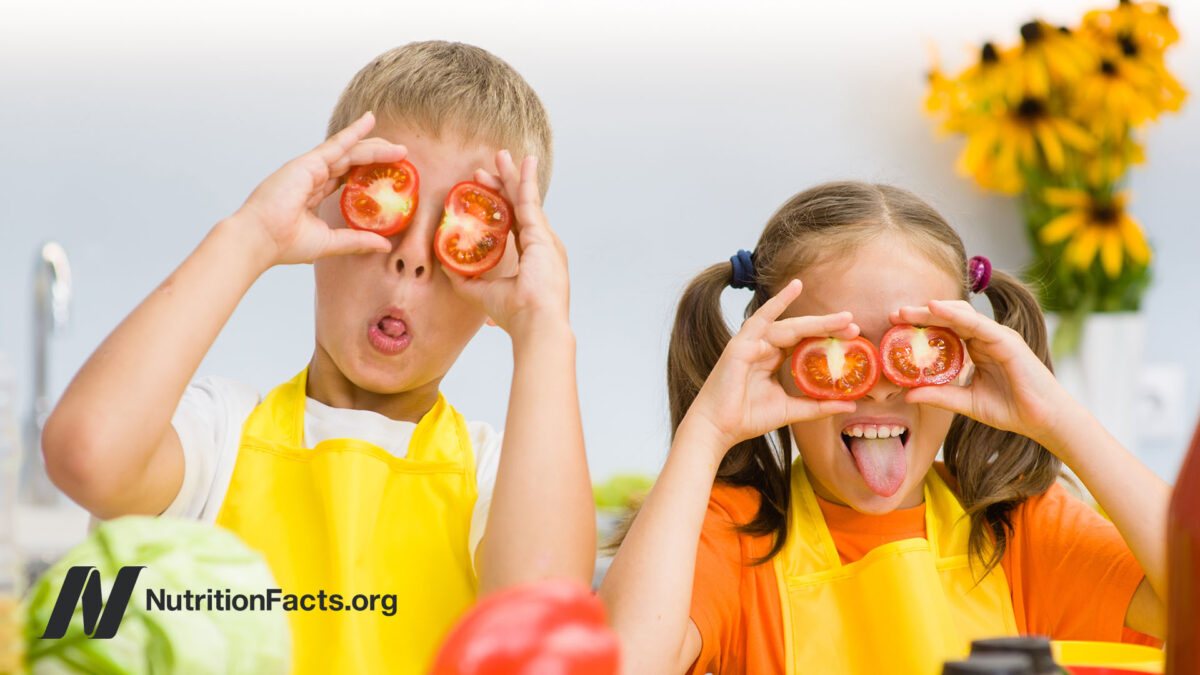
Pregnancy
It’s become commonplace for pregnant women to avoid smoking and drinking alcohol. When should they start eating healthier for the next generation?
Studies of accidental death victims aged 3 to 26 found fatty streaks—the first stage of atherosclerosis—present in nearly all American kids by the time they were 10 years old. These fatty streaks can turn into full-blown plaques by our 20s and 30s, and can start killing us off by the time we’re 40 or 50.
Atherosclerosis may start even before birth. Researchers found that the arteries of fetuses whose mothers had high LDL cholesterol levels were more likely to contain arterial lesions, suggesting atherosclerosis may not just start as a nutritional disease of childhood, but one during pregnancy.
Pregnancy and BBQ? Though lung cancer is attributed primarily to smoking, approximately a quarter of cases occur in people who’ve never smoked. Some might be due to secondhand smoke, but another contributing cause may be another potentially carcinogenic plume: fumes from frying. A study on pregnant women and barbecuing found that not only was the ingestion of grilled meat in the third trimester associated with smaller birth weights, mothers merely exposed to the fumes tended to give birth to babies with a birth-weight deficit.
And industrial pollutants? According to the Centers for Disease Control and Prevention, most women’s bodies in the United States are contaminated with heavy metals, toxic solvents, endocrine-disrupting chemicals, fire retardants, chemicals from plastics, polychlorinated biphenyls (PCBs), and banned pesticides. In many cases, 99 to 100 percent of the women were found to have detectable levels of these pollutants in their bloodstreams. Pregnant women were found to harbor, on average, up to 50 different chemicals, and researchers found detectable DDT residues in 95 percent of umbilical cord samples from women who had recently given birth—and this is now decades after the pesticide was banned. Which foods seem to contribute the most heavy metals and other pollutants? The number-one source of arsenic was poultry among preschoolers and, for their parents, tuna. The top source for lead? Dairy. For mercury? Seafood.
If women want to clean up their diets before conception, results suggest that within a year of stopping fish consumption, we can detox nearly 99 percent of mercury. Unfortunately, other industrial pollutants in fish can take longer: The half-lives for certain dioxins, PCBs, and DDT by-products found in fish are as long as ten years.
I recommend pregnant and breastfeeding women on plant-based diets to follow the consensus guidelines to get about 200mg of preformed DHA from an uncontaminated source, like algae oil, which is probably the best combination for all women given the state of our world to minimize exposure to toxic pollutants such as dioxins, PCBs, and mercury.
For more, check out our Resources for Fertility, Pregnancy, Breastfeeding, and Early Childhood page.
For substantiation of any statements of fact from the peer-reviewed medical literature, please see the associated videos below.
Popular Videos for Pregnancy


Preventing Gestational Diabetes During Pregnancy with Diet
Eating well-balanced plant-based diets during pregnancy can reduce risks of gestational diabetes and hypertensive disorders...
The Role of Epigenetics in the Obesity Epidemic
Astonishingly, a baby with a heavy surrogate mother and a thin biological mom may harbor...
Treating Reflux in Babies with Diet
Treating the cause of infant reflux with maternal cow's milk elimination.
Best Food for Labor and Delivery
Shorten labor time by hours, with less induction and less postpartum bleeding, with a humble...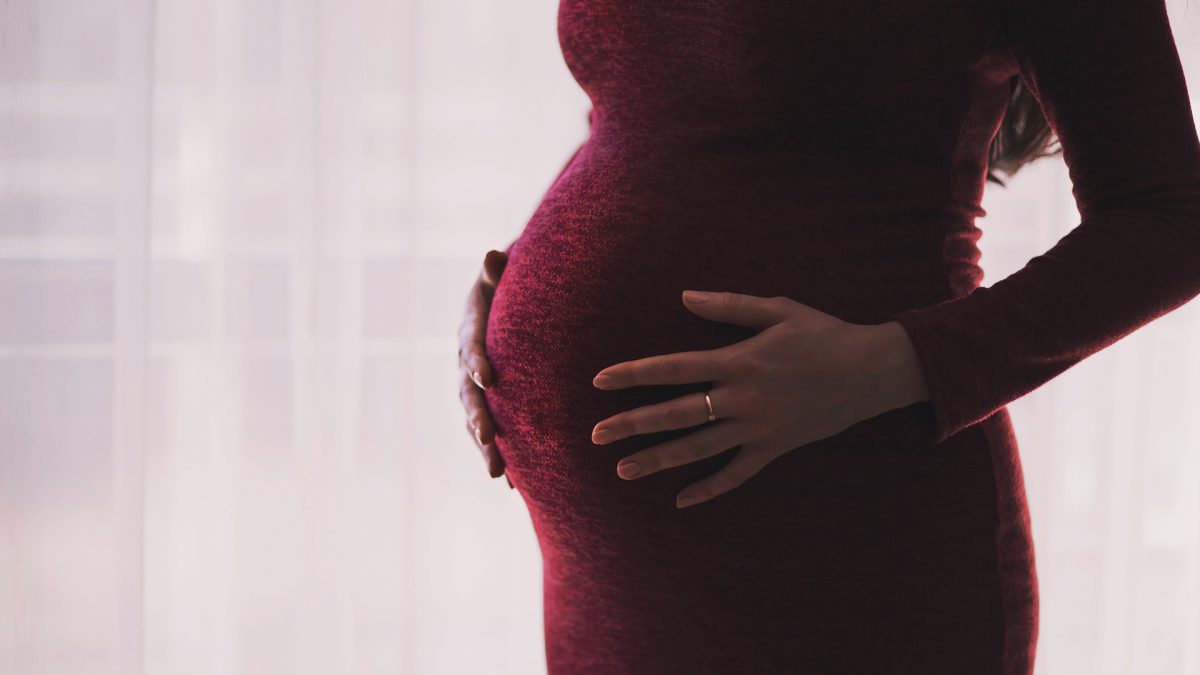
Best Food for Late Pregnancy
Dates are put to the test in a randomized, controlled trial for cervical ripening.
The Effect of Animal Protein on Stress Hormones, Testosterone, and Pregnancy
What happened to women who were randomized to eat more meat and dairy during pregnancy?...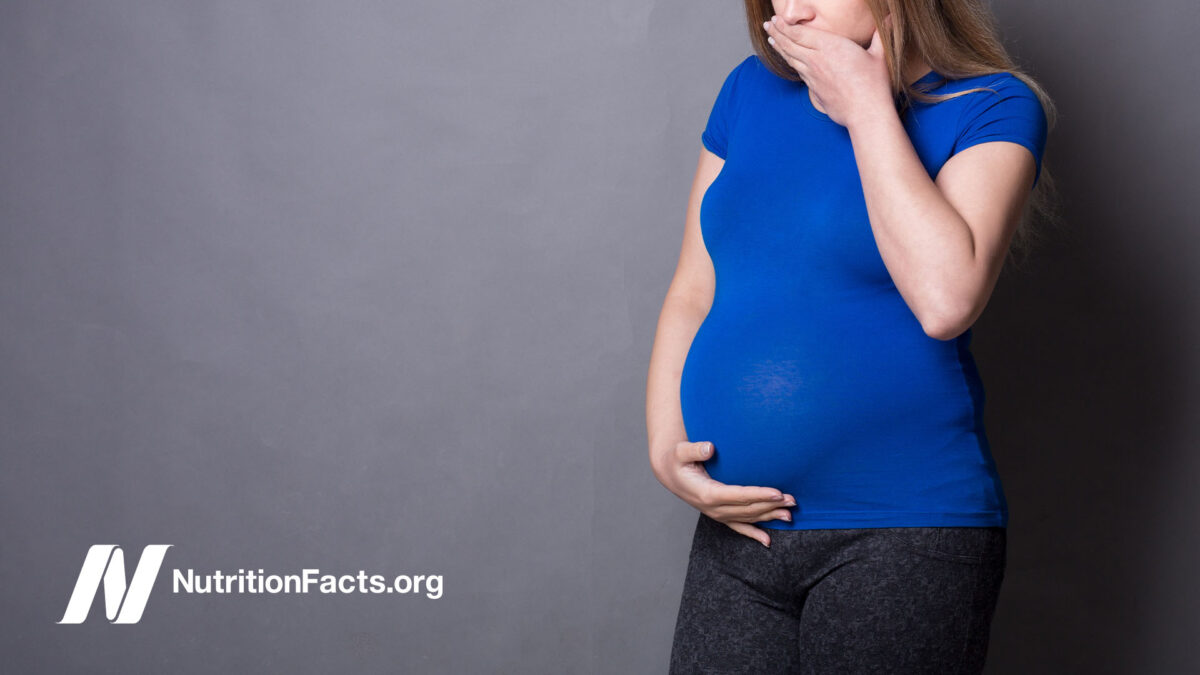
Morning Sickness May Protect Mother and Child
Why do those eating plant-based diets appear to suffer less from morning sickness?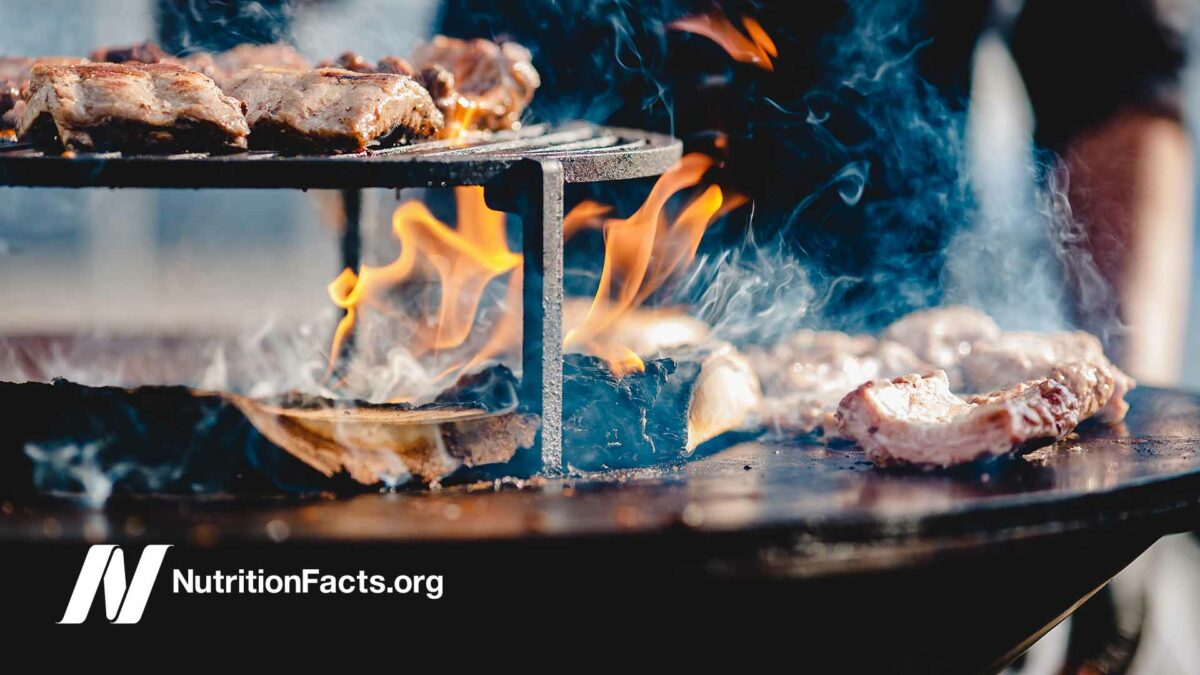
Animal Protein, Pregnancy, and Childhood Obesity
What pregnant women eat may affect even the health of their grandchildren.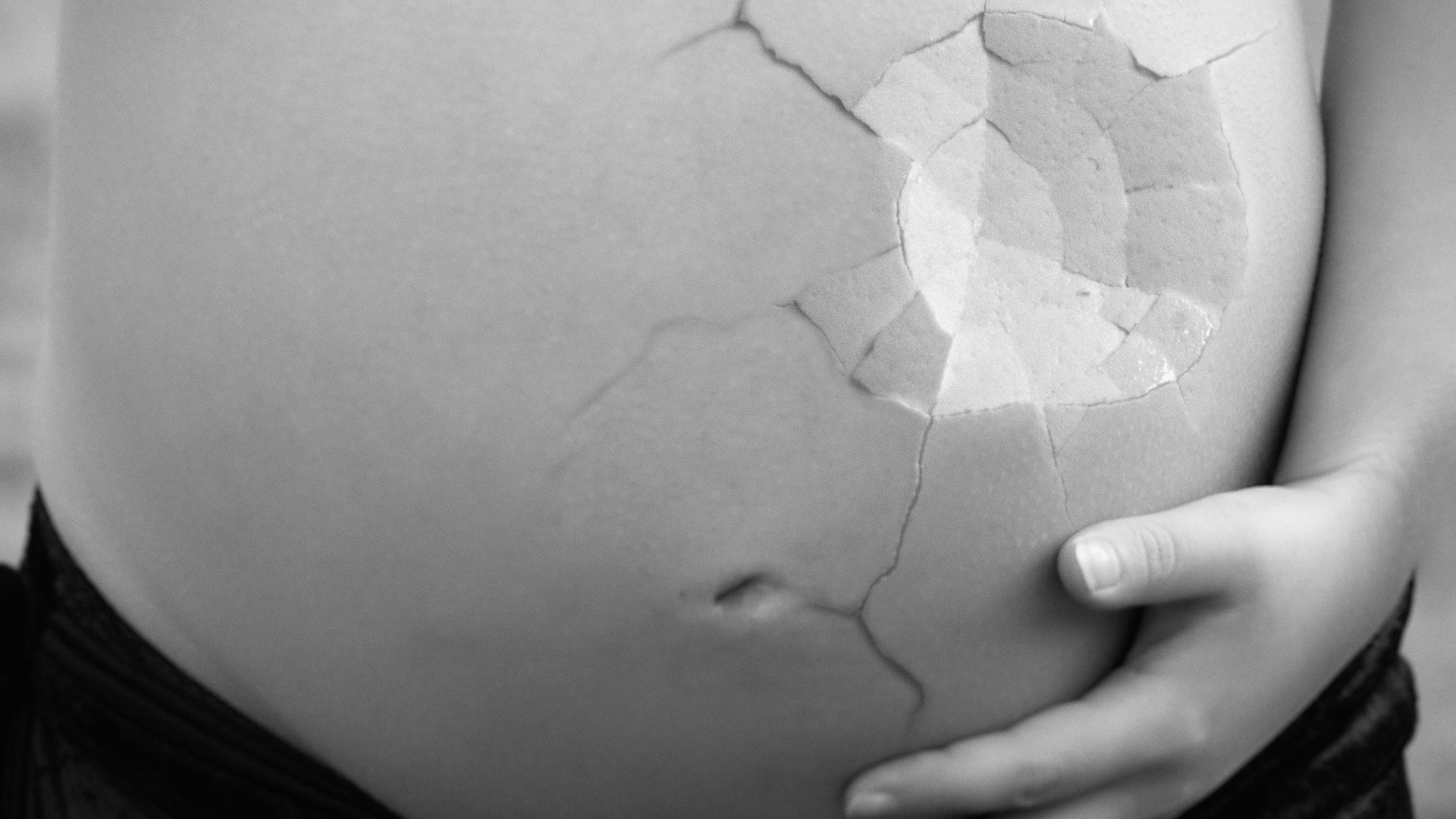
Maternal Diet May Affect Stress Responses in Children
Single meals can affect testosterone and cortisol (stress hormone) levels. Some foods eaten regularly during...
Heart Disease May Start in the Womb
Fatty streak formation occurs in human fetal arteries and is linked to the pregnant mother’s...
Lead Contamination of Tea
How much green, white, black, and oolong tea can we consume before the benefits of...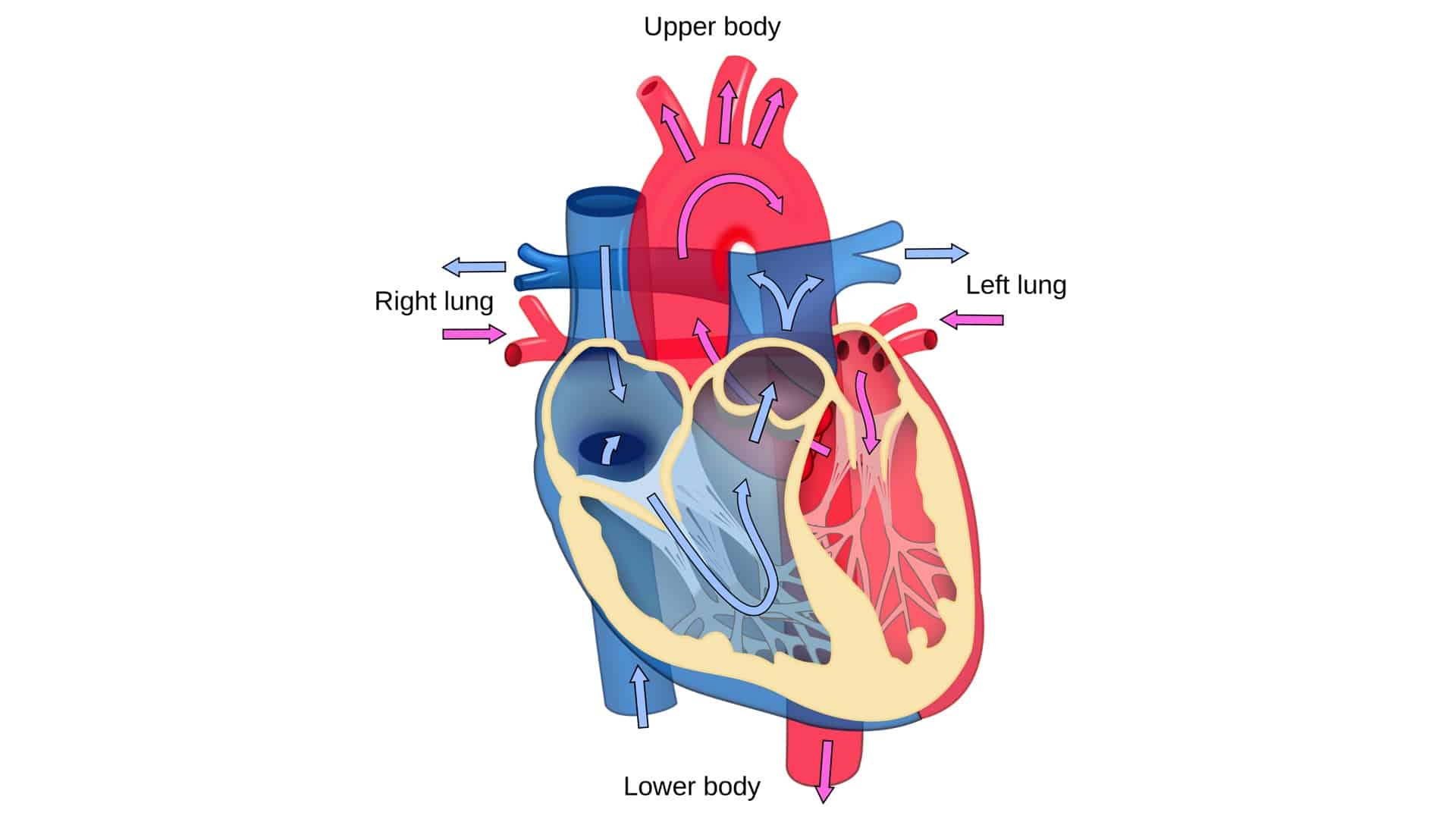
Caution: Anti-Inflammatory Foods in the Third Trimester
For the same reason that anti-inflammatory drugs like aspirin and ibuprofen are advised against during...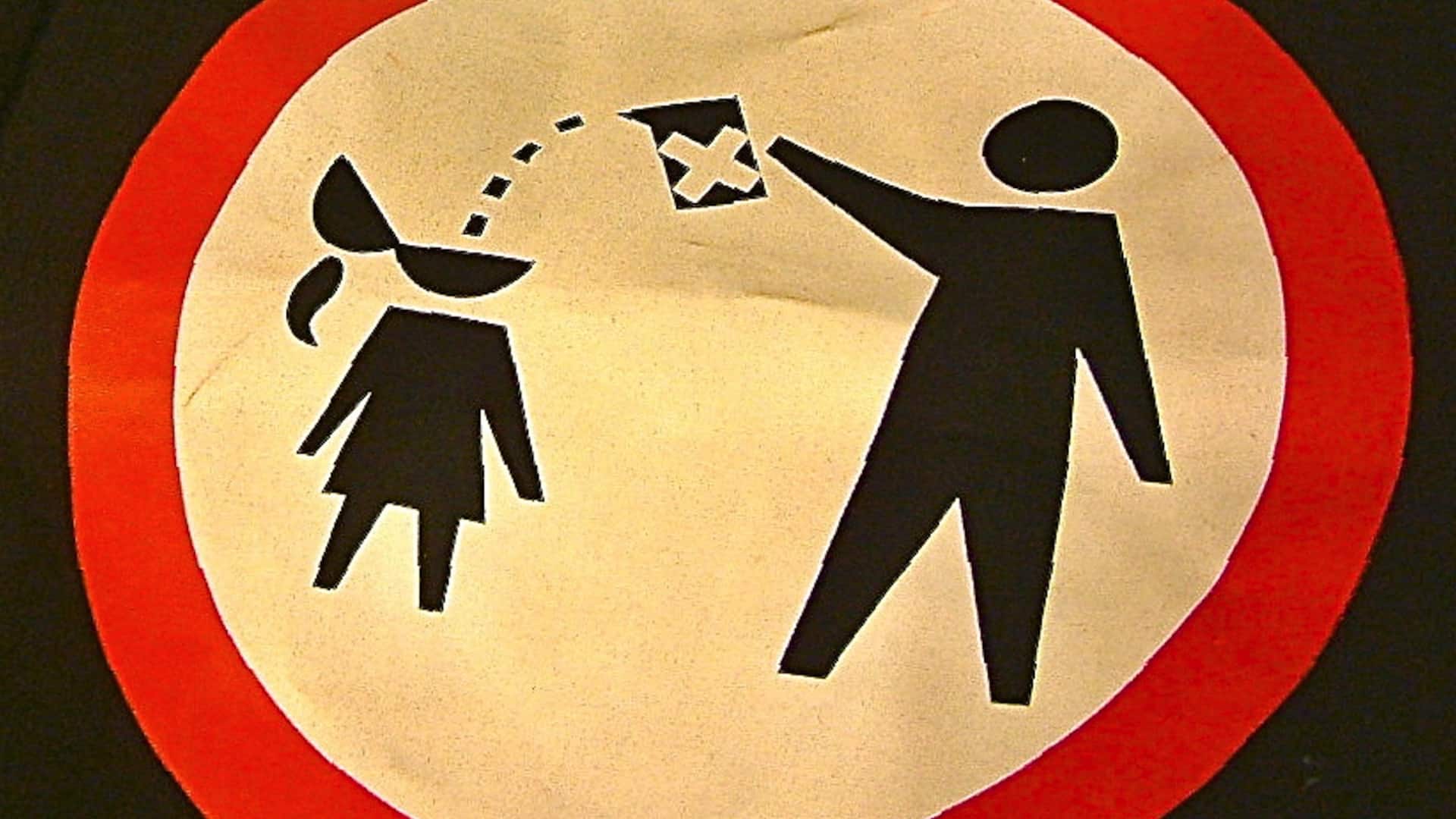
Flame-Retardant Pollutants and Child Development
PBDE fire-retardant chemicals in the food supply may contribute to attention and cognitive deficits in...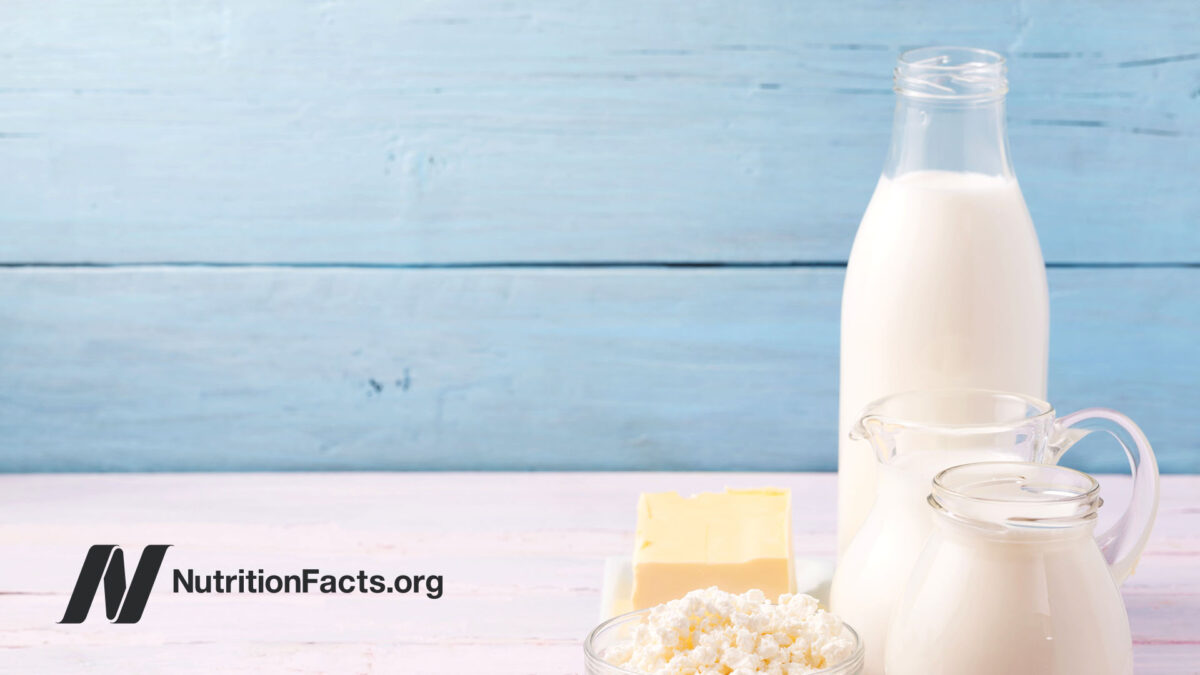
Why Do Vegan Women Have 5x Fewer Twins?
The hormones naturally found in foods of animal origin may help explain why women who...
Pollutants in Salmon and Our Own Fat
Farmed Atlantic salmon, the kind of salmon most commonly found in restaurants and supermarkets, may...
Bacon, Eggs, and Gestational Diabetes During Pregnancy
Eating meat or eggs before pregnancy may increase the risk of gestational diabetes.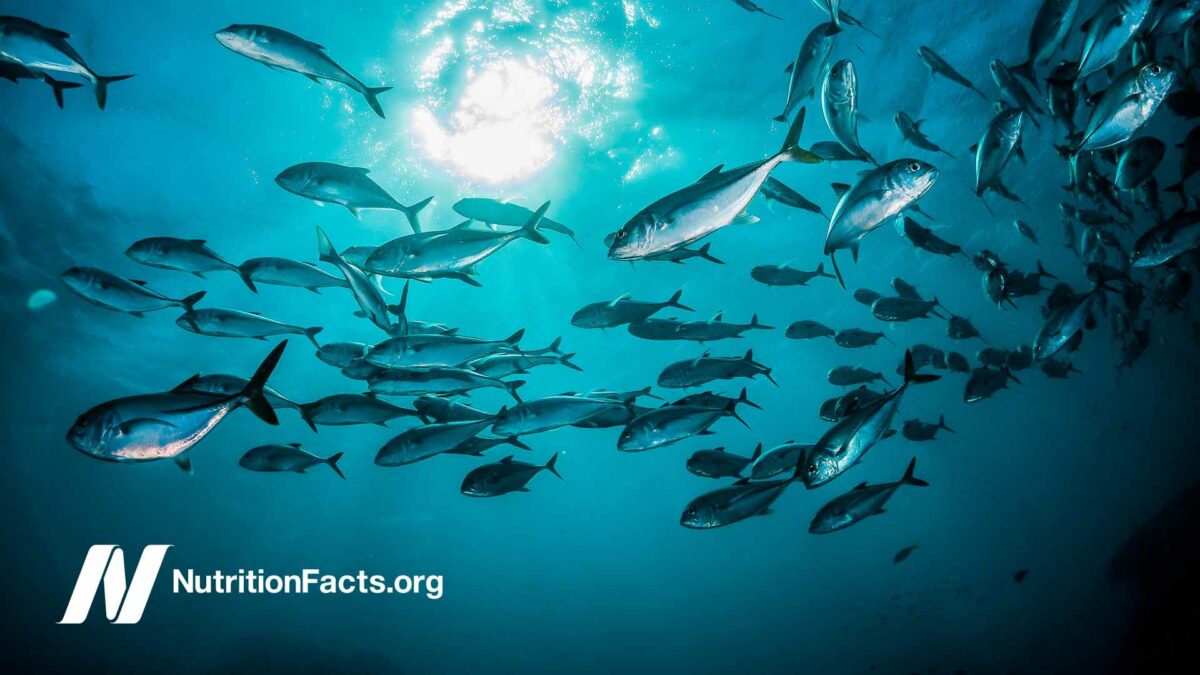
How Long to Detox from Fish Before Pregnancy?
How many months does it take to clear 99% of the mercury and other industrial...
Meat Fumes: Dietary Secondhand Smoke
The polycyclic aromatic hydrocarbons in the vapors released from cooking meat may be hazardous for...
Natural Treatments for Morning Sickness
Can cannabis and ginger be considered safe and effective treatments for hyperemesis gravidarum (severe morning...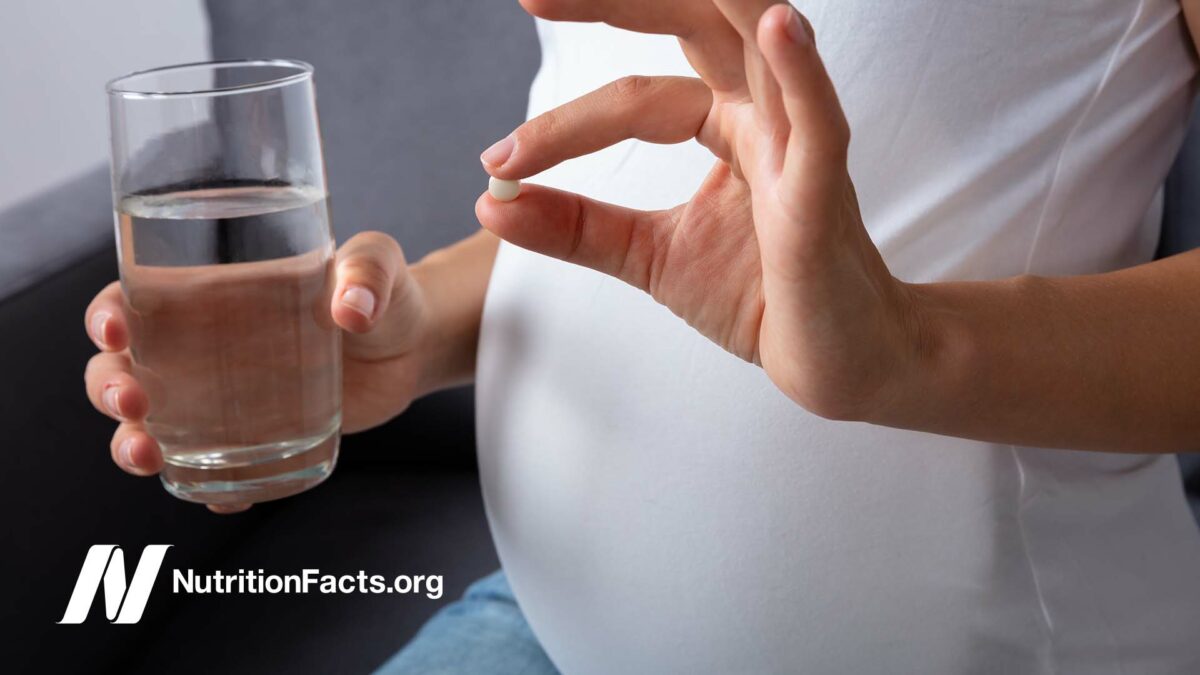
Iodine Supplements Before, During, and After Pregnancy
What is the evidence that all pregnant women should follow the American Thyroid Association’s recommendation...All Videos for Pregnancy
-

Are the Pollutant Levels in Fish High Enough to Be Harmful?
The tolerable daily toxin safety limits are based on single chemicals. What if “safe” levels of chemicals in seafood are combined and tested together?
-

How Long Does It Take to Become Vitamin B12-Deficient and What Are the Symptoms?
For those eating plant-based diets, encouragement of vitamin B12 supplementation cannot be overemphasized.
-

Caveats and Side Effects of Taurine Supplements
What are the downsides of taurine supplementation?
-

Don’t Eat Raw Alfalfa Sprouts
Broccoli sprouts don’t have the food safety risks of alfalfa sprouts.
-

Preventing Gestational Diabetes During Pregnancy with Diet
Eating well-balanced plant-based diets during pregnancy can reduce risks of gestational diabetes and hypertensive disorders like preeclampsia.
-

How Much Caffeine Is Safe During Pregnancy?
Pregnancy greatly reduces our ability to metabolize caffeine.
-

Pesticide Exposure and Hypospadias Birth Defects in Vegetarians
What role do vegetarian diets and organic foods play in the prevention or promotion of a birth defect called hypospadias?
-

Comparing the Benefits and Side Effects of Ozempic (Semaglutide)
Obesity can be so devastating to our health that the downsides of any effective drug would have to be significant to outweigh its weight-loss benefits.
-

Does Astragalus Have Benefits for Life Extension and Fighting Cancer?
One of the most popular herbs in traditional Chinese medicine, astragalus root is marketed as a “life-prolonging” tonic.
-

How Much Licorice Is Safe?
Eating licorice or drinking licorice tea can cause the loss of body fat by blocking the effects of a stress hormone, but at what cost?
-

The Side Effects of Yoga
What is the rate of yoga injuries compared to other activities?
-

Does Eating Garlic Reduce Mosquito Bites?
Garlic is put to the test as a repellent for mosquitoes and ticks.
-

Plant-Based Pregnancy Outcomes and Breast Milk
The composition of breast milk is compared between vegetarian and nonvegetarian women.
-

Does Coffee Inhibit Iron Absorption? What Are the Effects of Having Too Much Iron?
Coffee and common herbal teas impair iron absorption, which may help explain some of their benefits.
-

Fenugreek Benefits for Sexual Function, Painful Periods, and Milk Production
The hormonal benefits of fenugreek extend beyond the muscle-bulking testosterone boost.
-

Natural Dietary Remedy for Insomnia
Lactucin, the hypnotic component of lettuce, is put to the test in a randomized, double-blind, placebo-controlled trial of lettuce seeds.
-

Cancer-Causing NDMA in Medications (Zantac, Metformin) and Meat
Billion-dollar drugs pulled from the market for carcinogenic contamination less than that found in a single serving of grilled chicken.
-

Can Cholesterol Get Too Low?
Why might healthy lifestyle choices wipe out 90 percent of our risk for having a heart attack, whereas drugs may only reduce risk by 20 to 30 percent?
-

The Efficacy and Side Effects of Moringa Leaf Powder
Why don’t I recommend moringa?
-

Are Vegans at Risk for Iodine Deficiency?
Most plant-based milks are not fortified with iodine.
-

The Best Type of Vitamin B12: Cyanocobalamin or Methylcobalamin?
For prevention and treatment of vitamin B12 deficiency, cyanocobalamin in chewable, sublingual, or liquid forms (rather than in a multivitamin) is best under most circumstances.
-

The Optimal Vitamin B12 Dosage for Kids, Pregnancy, and Seniors
At age 50, everyone, regardless of diet should start supplementing with B12-fortified foods or supplements but over age 65 only high-dose daily supplements may suffice.
-

The Optimal Vitamin B12 Dosage for Adults
Why the current Recommended Daily Allowance for vitamin B12 may be insufficient.
-

The Role of Epigenetics in the Obesity Epidemic
Astonishingly, a baby with a heavy surrogate mother and a thin biological mom may harbor a greater risk of becoming obese than a baby with a slim surrogate mom and a heavy biological one.
-

Stainless Steel or Cast Iron: Which Cookware Is Best? Is Teflon Safe?
What’s the best type of pots and pans to use?
-

The Effects of Hormones in Milk on Infertility in Women
Dairy consumption is associated with years of advanced ovarian aging, thought to be due to the steroid hormones or endocrine-disrupting chemicals in cow milk.
-

Is Fasting for Weight Loss Safe?
The reasons why fasting longer than 24 hours, and particularly three or more days, should only be done under the supervision of a health professional and preferably in a live-in clinic.
-

Avoiding Fish for 5 Years Before Pregnancy
The problem with fish advisories that tell pregnant women to cut down on fish is that it may be too late for certain persistent pollutants.
-

The Effects of Marijuana on Fertility and Pregnancy
Pregnant and breastfeeding women should probably be advised to either decrease, or where possible, cease cannabis use entirely. And, couples trying to conceive may also want to consider cutting down.
-

Toxoplasmosis: A Manipulative Foodborne Brain Parasite
Nearly one quarter of Americans have already been infected with the brain parasite toxoplasma.
-

How Much Microplastic Is Found in Fish Fillets?
How many plastic particles per serving have been found in the fish muscle itself?
-

Microplastic Contamination and Seafood Safety
Can ingested plastic particles from fish get into our bloodstream?
-

Benefit of Dates for Colon Health
Seven dates a day for three weeks are put to the test in a randomized controlled trial.
-

Brain-Healthy Foods to Fight Aging
What is the best source of lutein, the primary carotenoid antioxidant in the brain?
-

Are Acid-Blocking Drugs Safe?
Do the benefits outweigh the risks for acid-blocker drugs (proton pump inhibitors like Nexium/Prilosec/Prevacid)? What about baking soda?
-

Best Food for Labor and Delivery
Shorten labor time by hours, with less induction and less postpartum bleeding, with a humble fruit.
-

Best Food for Late Pregnancy
Dates are put to the test in a randomized, controlled trial for cervical ripening.
-

The Role of the Gut Microbiome in Autism
What role do antibiotics play in the development and treatment of autism spectrum disorder?
-

How Much Lead Is in Organic Chicken Soup (Bone Broth)?
Let’s review lead from occupational exposures, shooting ranges, eggs, and bone broth.
-

Does Laptop Wi-Fi Lower Sperm Counts?
Should laptops not be on laps? What is the effect of WiFi exposure on sperm motility and DNA damage?
